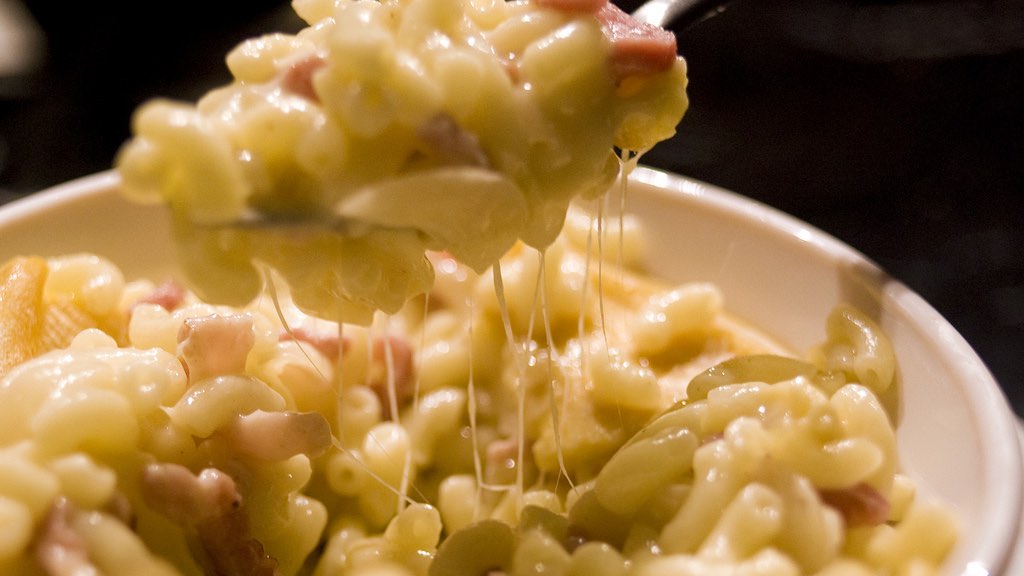Delicious food is appreciated worldwide as a fixture of shared culture, family tradition, comfort at home and luxury eating out. A centerpiece of celebration and events, food always get the festivities underway.
Nothing serves as an indulgent pick-me-up like a warm dish of your favorite food—especially you’re feeling blue. While doctors, along with the current organic ‘local food’ movement, urge us towards healthier, balanced diets, this doesn’t mean comfort food needs to be abandoned.
There are ways to turn your guilty pleasure into a healthy ones and still get the psychological boost.
Sentimental links to food
The psychology behind comfort food is that senses and feelings associated with food can
boost your mood in times of depression, loneliness or stress.
Rather than physical needs, these food cravings are based on your emotional needs. This is because your choice of dishes may be a reminder of someone you love, a childhood experience, or any emotions that can have a positive influence on your mood. By engaging in this sentimental dish, you stimulate the feelings in your subconscious and that familiar feeling is brought back to comfort you.
Forget calories, focus on comfort
Our favorite comfort foods are usually high-calorie, nutrient-deficient dishes that can often lead to overeating. However, the caloric aspect is not the essence of comfort food’s positive effects. Rather than turning away from enjoying these foods (or feeling guilty when you eat them), it is better to become aware of the healthier versions of these foods, which can comfort just as well. After all, the point of comfort food is to make you feel better, not worse.
According to a paper published by the International Journal of Gastronomy and Food Science, comfort food can also be determined by basic tastes, like sweet and salty.
So by recreating these key tastes, it can provide the same effect of comfort, without having to reproduce the potentially unhealthy dish.
The healthy alternatives
There are so many food choices available to provide a variety of healthy, yet enjoyable, versions of your go-to comfort foods. Whether it’s pizza, macaroni and cheese, burgers and fries, or spaghetti, there are ways to make them healthy.
Health-focused restaurants have started switching up these recipes to maintain the comfort factor while reducing the unhealthy parts—swapping out french fries for baked sweet potato fries, using salad style ingredients on pizza, adding cauliflower or zucinni ribbons in mac and cheese or pasta. Even seaweed fries and sesame seeds in your favorite Korean dish form part of the modern, healthy fast food movement.
It’s a massive relief to know that your comfort cravings are completely normal and, contrary to what you might think, can even be healthy for you. There should be no judgment or shame attached to taking pleasure in enjoyable food, even if it is to improve your mood. Instead, the fact that it can boost your mood and conjure positive feelings from your past puts comfort food in a bright new light.
After all, feeling good is contagious and only adds to the world’s positive vibrations.
(Featured photo by Tavallai, CC)




















